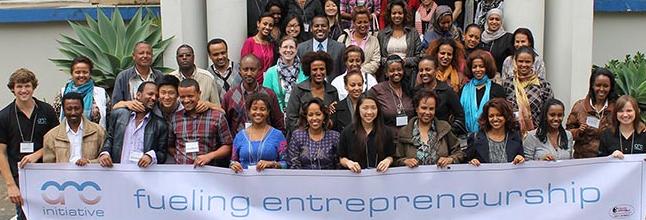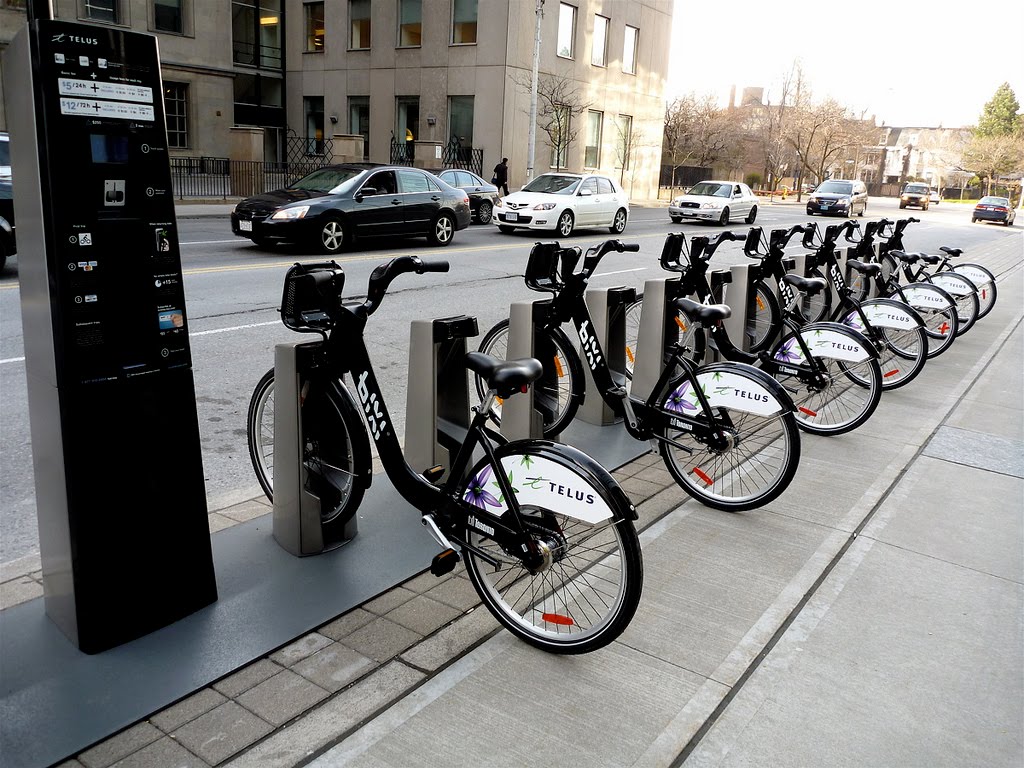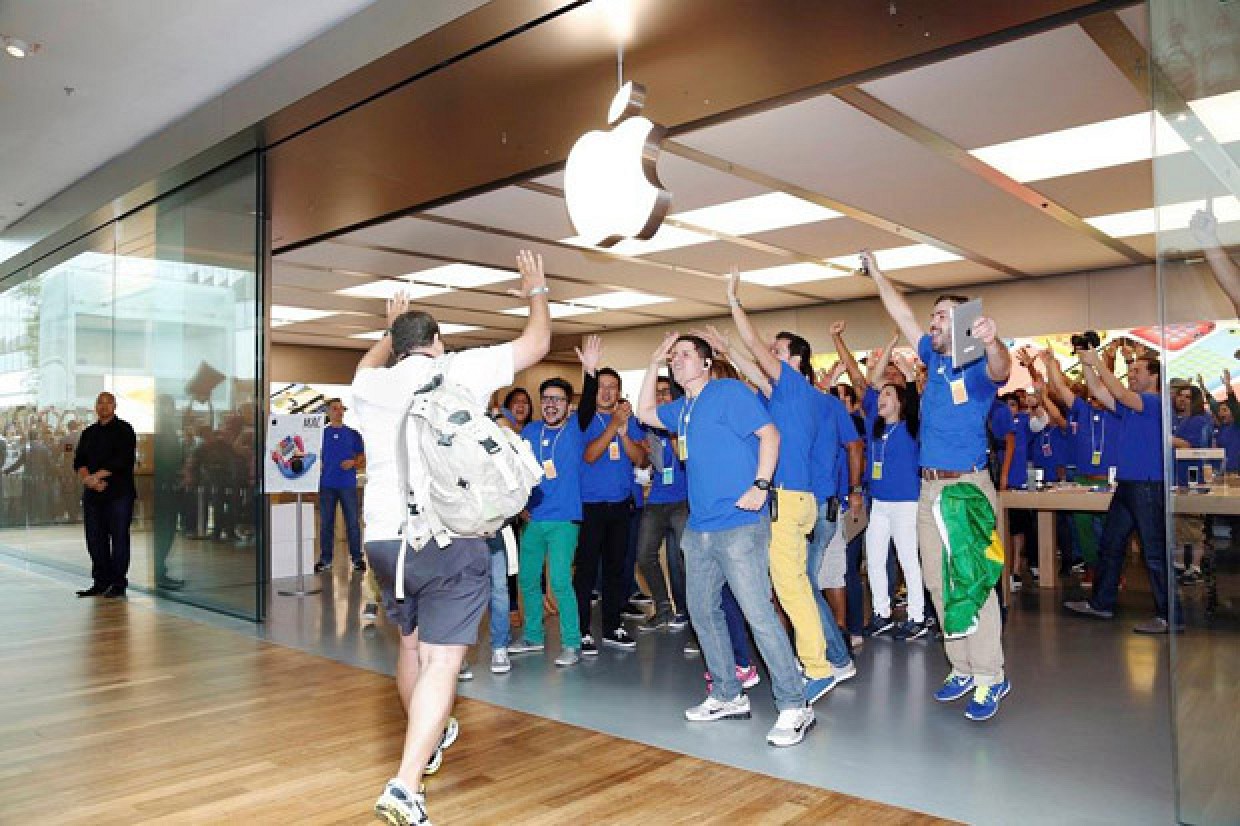There seems to be an infinite numbers of charities but less of social enterprises, though it is becoming a growing type of organization. The Arc Initiative highlights the aspects of social entrepreneurship, “building a two-way exchange of knowledge and business skills.” They create not just profits to give away, but create a social change and impact – to teach rather than to just simply give.
 If the United Nations were fully funded, it would not be able to assess and resolve the same issues that social enterprisesor the Arc Initiative face. To quote Arielle Uwonkunda, “I told him about non-profits that have donated money to Rwanda following the war but didn’t make a lasting impact.” Giving money or charity will only last so long, it would be more beneficial to give people the tools to become economically self-sufficient. This in turn makes a sustainable and long-term impact, that spreads on to the local communities.
If the United Nations were fully funded, it would not be able to assess and resolve the same issues that social enterprisesor the Arc Initiative face. To quote Arielle Uwonkunda, “I told him about non-profits that have donated money to Rwanda following the war but didn’t make a lasting impact.” Giving money or charity will only last so long, it would be more beneficial to give people the tools to become economically self-sufficient. This in turn makes a sustainable and long-term impact, that spreads on to the local communities.
It’s important to aid countries and communities in a global sense, but also to recognize the issues in our local community. Community is a second-hand store located in the Downtown Eastside that hires women who have barriers to being employed
due t o unfortunate circumstances. This example of social entrepreneurship exemplifies that you do not have to buy a plane ticket to make changes, but it can be done in your own home. The UN might be able to just provide money, but would they provide that same social impact? – Probably not.
o unfortunate circumstances. This example of social entrepreneurship exemplifies that you do not have to buy a plane ticket to make changes, but it can be done in your own home. The UN might be able to just provide money, but would they provide that same social impact? – Probably not.


 lement the project
lement the project


 out movies for Friday night. Disruptive innovations cannot be stopped, and luckily for Bell and Rogers it shouldn’t be difficult to transition into the new online streaming market. Other companies, like
out movies for Friday night. Disruptive innovations cannot be stopped, and luckily for Bell and Rogers it shouldn’t be difficult to transition into the new online streaming market. Other companies, like  comments on the 10 things you can learn from walking into an Apple Store. A lot of it touches upon the service of the employees, how they empower them and that goes on to the satisfaction of customers. The apple store is also a non-commission floor, which I think attributes a lot to the positive experiences people generally have in the store. The employees don’t feel forced to just make as many sales as possible, but to answer questions and make the customer happy.
comments on the 10 things you can learn from walking into an Apple Store. A lot of it touches upon the service of the employees, how they empower them and that goes on to the satisfaction of customers. The apple store is also a non-commission floor, which I think attributes a lot to the positive experiences people generally have in the store. The employees don’t feel forced to just make as many sales as possible, but to answer questions and make the customer happy.


